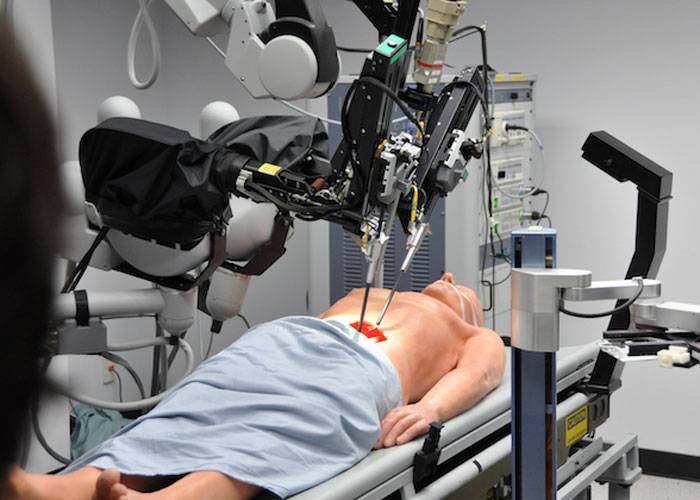Advanced surgical robots may one day have an easy way to repair and treat internal injuries with minimal side effects, as researchers at the Massachusetts Institute of Technology have developed a biodegradable medical patch inspired by the Japanese art of paper folding known as "origami." This patch can be folded around minimally invasive surgical tools to address internal damage.
While bio-adhesive patches are already used in this type of surgery, they can leave some detrimental side effects and even cause damage, such as inflammation and scarring. According to reports, this invention by MIT researchers addresses these issues with a three-layer patch featuring an adhesive based on hydrogel, coated with silicone oil to prevent unintended sticking. It has an outer layer made of synthetic rubber that protects its nature from bacteria, thanks to a molecular chain containing both positive and negative ions, which helps prevent infection or wound inflammation.
These developed patches can wrap surgical tools, ensuring they adhere strongly to tissues even after being submerged in fluids for extended periods, and they prevent biological contamination for up to a month after application. This means that a robot will only need to apply light pressure or inflate a small balloon to position the patch. Although practical application of such technology may take time, researchers envision that companies already selling folded patches could develop it in the meantime. They also hope to collaborate with developers of robotic surgery platforms. If this occurs, we could see greater use of robots and bio-adhesives in medicine, in addition to a gentler recovery from certain surgical procedures that patients undergo.




